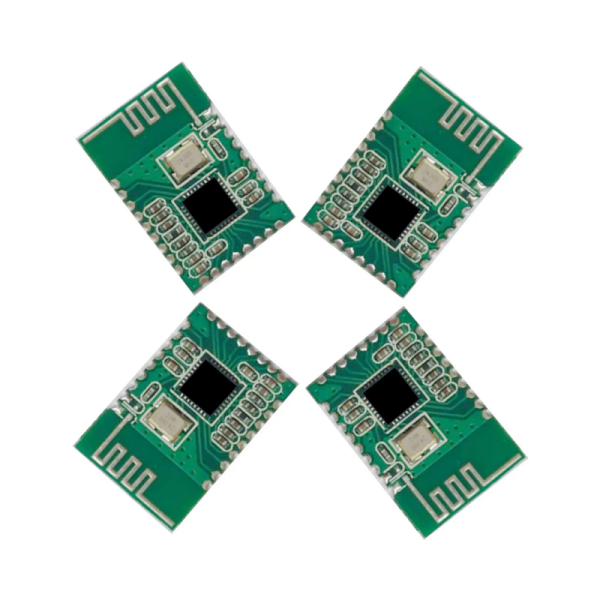How Wireless PCB Boards Power the Potential of Instant Devices
How Wireless PCB Boards Power the Potential of Instant Devices
Blog Article
Bluetooth technology has changed into a crucial aspect of contemporary connectivity, allowing devices to interact wirelessly across diverse industries. In the middle of the widely-used technology lies the Wireless PCB panel, the engine that forces seamless communication. That blog considers the cutting-edge position of bluetooth pcb board, their significance in achieving connectivity, and the primary parts that make them function.

Why Bluetooth PCB Panels Matter
Bluetooth PCB (Printed Signal Board) panels aid wireless information sign between devices. They sort the backbone of Bluetooth-enabled systems, from your wireless headphones to industrial IoT (Internet of Things) equipment. Their significance lies in giving a trusted, powerful platform for connection while eating minimal energy.
Data Encouraging Wireless Development
Bluetooth technology is not only a function; it's becoming a global necessity. According to the Bluetooth SIG Market Outlook, Bluetooth-enabled product shipments may reach 6.4 thousand annually by 2025. Among them, applications in smart home devices, healthcare, and automotive methods are quickly expanding. Bluetooth PCB boards function being an essential enabler of this volatile growth.
Critical Aspects of Wireless PCB Boards
To fully appreciate the role of Bluetooth PCB boards, it can help to understand their important components and the functions they perform:
1. Microcontroller Unit (MCU)
The MCU functions as the brain of the Bluetooth PCB. It processes information and manages connection between units by relaying recommendations to the Bluetooth module. High-efficiency MCUs are wanted following to make certain responsiveness and low-power operation.
2. Antenna
Efficient antennas are integrated for trusted connectivity. They send and get radio frequency signals, building the building blocks of the board's wireless capabilities. Modern Wireless PCB boards usually incorporate clay antennas for small design and high performance.
3. Bluetooth Component
Sitting in the centre of the panel, this module establishes the connection between devices. Several use variations of Bluetooth Low Energy (BLE) modules, created specifically to reduce power use while ensuring strong connectivity.
4. Energy Management World
Energy effectiveness is non-negotiable in today's linked ecosystem. These circuits ensure the successful use of power from the ability source, improving battery performance across units like wearables or medical equipment.
5. Printed Signal Format
The style of the PCB design is pivotal. Parts should be carefully located to prevent electromagnetic disturbance (EMI) and to enhance the signal strength. A well-structured PCB structure describes the connection and performance of a Bluetooth device.
Driving the Potential of Connectivity
The significance of Bluetooth PCB boards cannot be overstated in the current tech-forward world. By developing cutting-edge components like BLE segments and successful energy administration tracks, these boards will be the foundations of easy wireless interaction. With the surge in smart devices and IoT techniques, optimized PCB patterns may remain essential for connectivity.

Wireless PCB boards continue to open opportunities across industries, bringing billions of products sooner together. This trend of advancement is excatly why businesses are investing greatly in refining PCB systems to make certain reduced energy usage, effective efficiency, and reliable communication. Whether you're a technology lover or somebody employed in technology, understanding Bluetooth PCB panels is basic to appreciating the backbone of modern connectivity.
Report this page